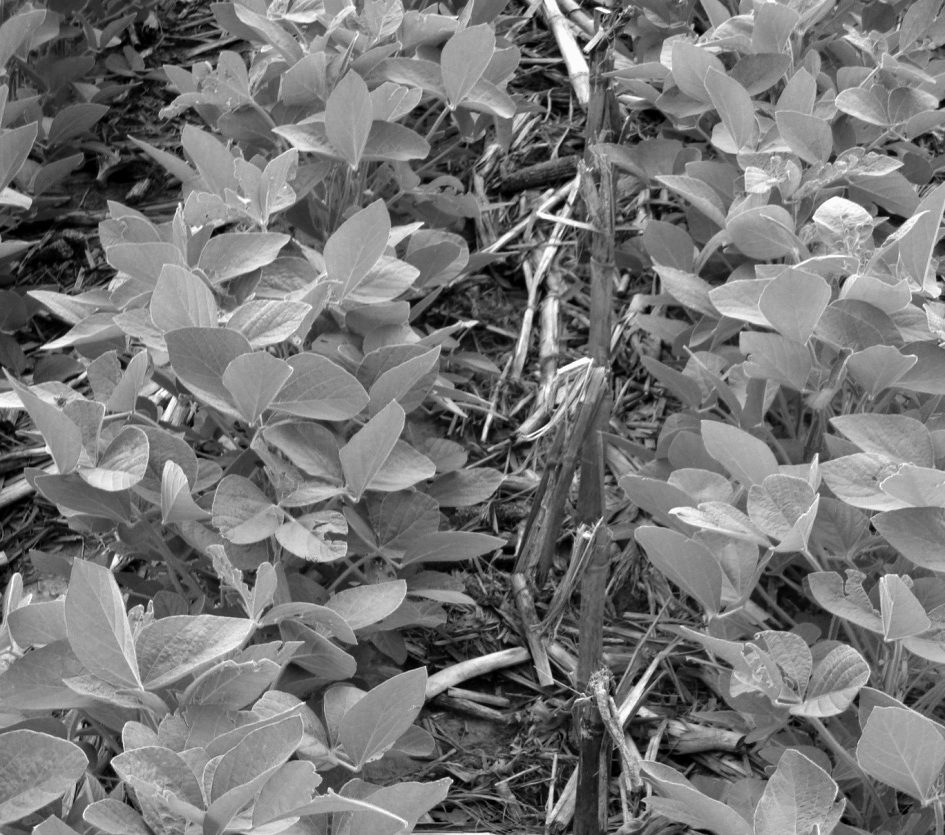No-Till Farmer
Get full access NOW to the most comprehensive, powerful and easy-to-use online resource for no-tillage practices. Just one good idea will pay for your subscription hundreds of times over.

Managing your crop residue properly can have a large impact on the success of your no-till operation.
Residues improve the soil profile by reducing runoff and soil loss, conserving soil moisture, improving soil microorganism populations, increasing soil organic matter, and enhancing the soil’s hydraulic and physical properties. It’s important to manage residue so it breaks down slowly and is evenly distributed throughout your fields.
These factors influence the amount of crop residue you’ll need to manage and the longevity of residue in your fields:
What type of crop are you growing (corn, soybeans, wheat, alfalfa)?
Are you using a Bt trait or conventional corn hybrids?
What’s the level of residue carried over from the previous year?
What type of residue processing are you using on the combine? Are you using a chopper, spreader or a chaff spreader? What’s the effect of chopping vs. not chopping residue?
Are you grazing fields after harvest?
What type of tillage do you use and what’s the timing of field operations?
How much soil moisture do you maintain and how much exposure do your soils have to sunlight?
The table below shows how greatly residue varies between different crops. With this large variance between crops and the effects of all the other factors outlined above, residue can vary considerably from farm to farm and from year to year.
To protect soil, try to manage residue so it doesn’t impinge on planting or early season crop development.
In corn, consider using a corn head…